9 Illinois Native Plants For Your Garden

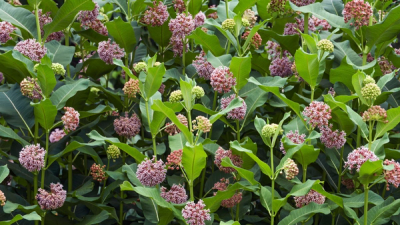
Are you looking for plants that are native to the state of Illinois? We explain what it means to be an Illinois native plant and share a short list of some examples to get you started!
Would you be surprised to learn that Illinois is home to a suite of amazing plants that are all native to the state? These species include deciduous trees like the majestic White Oak (Quercus alba) and beautiful Sugar Maple (Acer saccharum), as well as many wildflowers like Milkweed (Asclepias syriaca) or Zigzag Goldenrod (Solidago flexicaulis). As you'll learn below, there are so many advantages to using native plants if you have the opportunity to introduce them to your yard. This list of 9 Illinois native plants should help you get started, whether your yard is sunny, partially shaded, or buried under a dense canopy. But first...
What are Illinois Native Plants?
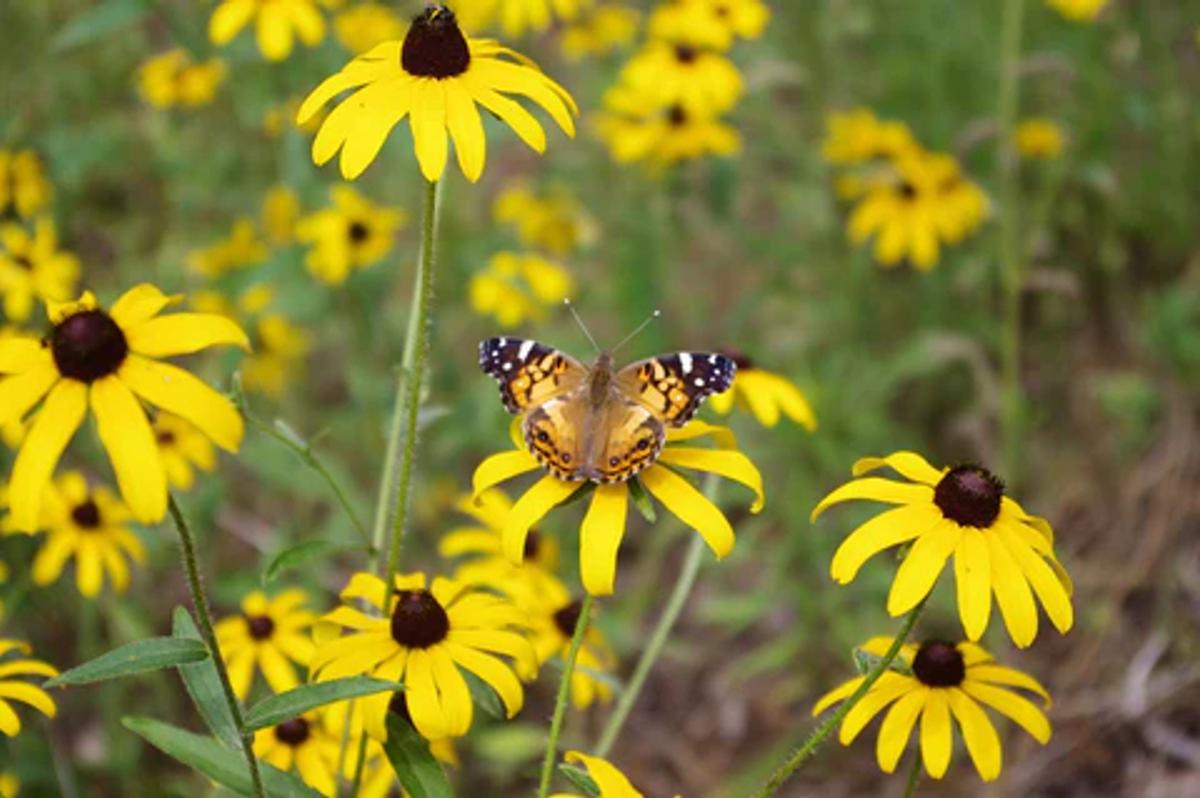
Put simply, plants native to Illinois are those shrubs, trees, flowers, and other plants that have grown in the area we now call Illinois for many thousands of years. This means that the native plants we interact with today - like those seen at native plant sales in your area - are the descendants of ancestral species that were growing in and supporting Illinois' ecosystems long before the arrival of European colonists. In that long amount of time, these species have become uniquely well-adapted to thrive in Illinois's environment while providing genuine wildlife habitat. They also happen to be amazing plants for the garden or home landscape: they are generally fast growing, drought tolerant, require no fertilizer and are low maintenance. Finding the right native plant type for your area will improve the look and ecological value of any landscaping project.

Why are Native Plants Important?
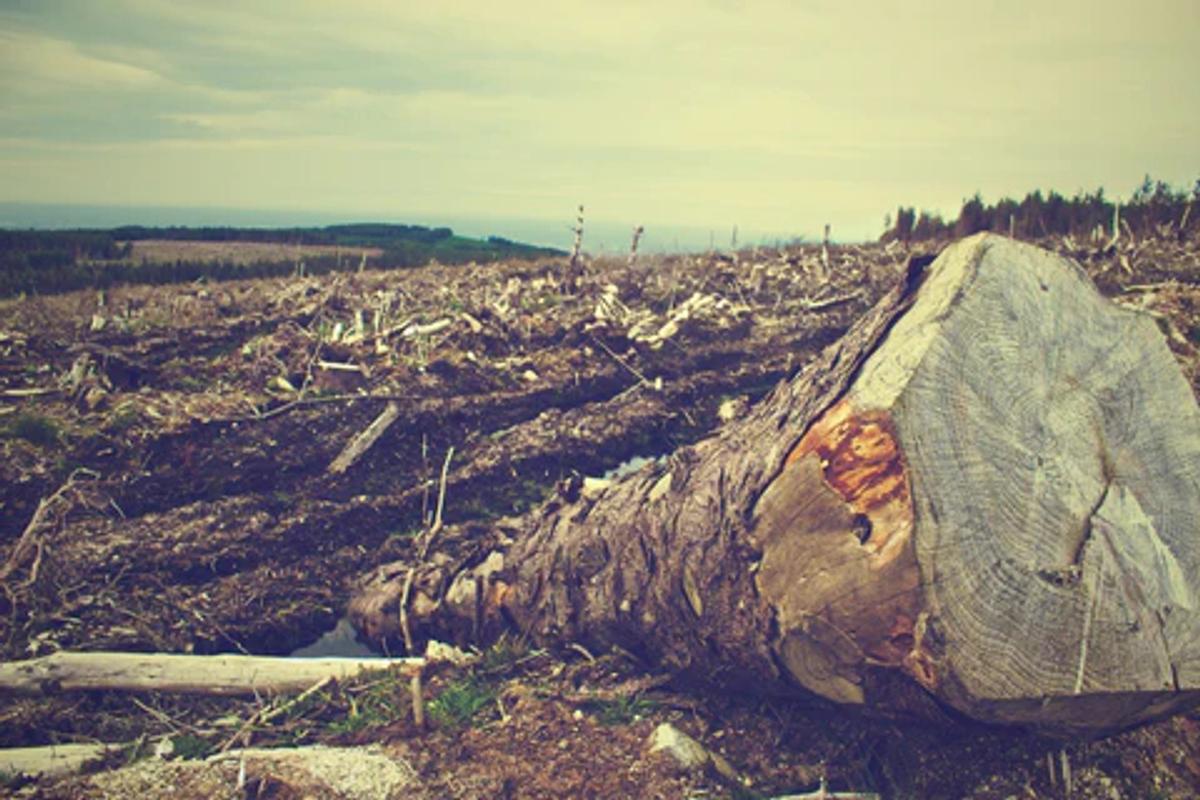
There has been an ongoing and incredible loss of animal life worldwide over the past 150 years. This is a tragedy that has affected almost every major group of wildlife, including the many bees, butterflies, birds, and other beneficial pollinators that allow our natural world to function. A leading driver of this crash is land mismanagement: as humans, we've spent far too long removing the native trees and herbaceous perennial plants our local wildlife needs and replacing them with non native species that do little or nothing to help.
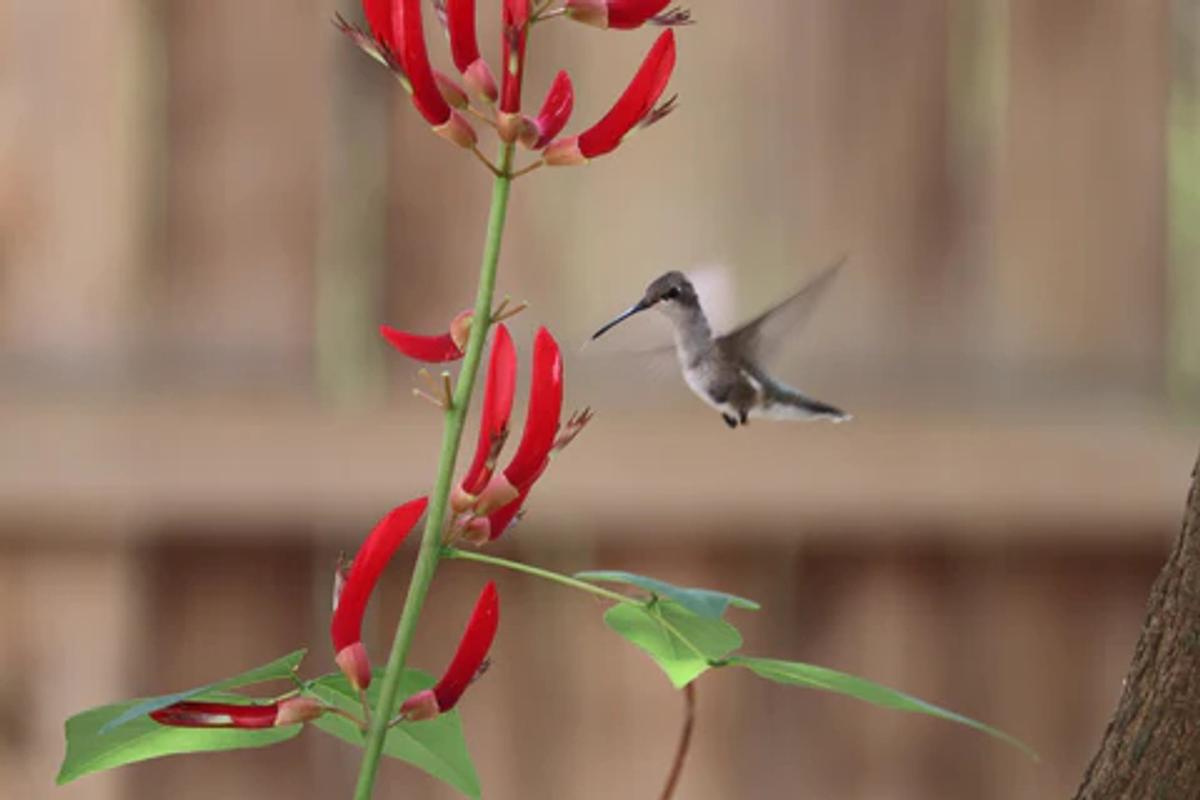
By contrast, all native trees, shrubs, grasses, and flowers are specifically adapted to provide food and shelter for many beneficial insects, birds, and other wildlife. These plants simultaneously sequester more carbon, cycle more nutrients into the soil, and retain more storm water than turf grass. Many species of native plants can survive in poor soils and are drought tolerant and deer resistant once established. Simply by adding native plants to our garden bed or other landscaping efforts, we can directly help to reduce atmospheric CO2, create fertile soil, and reestablish a healthy environment.
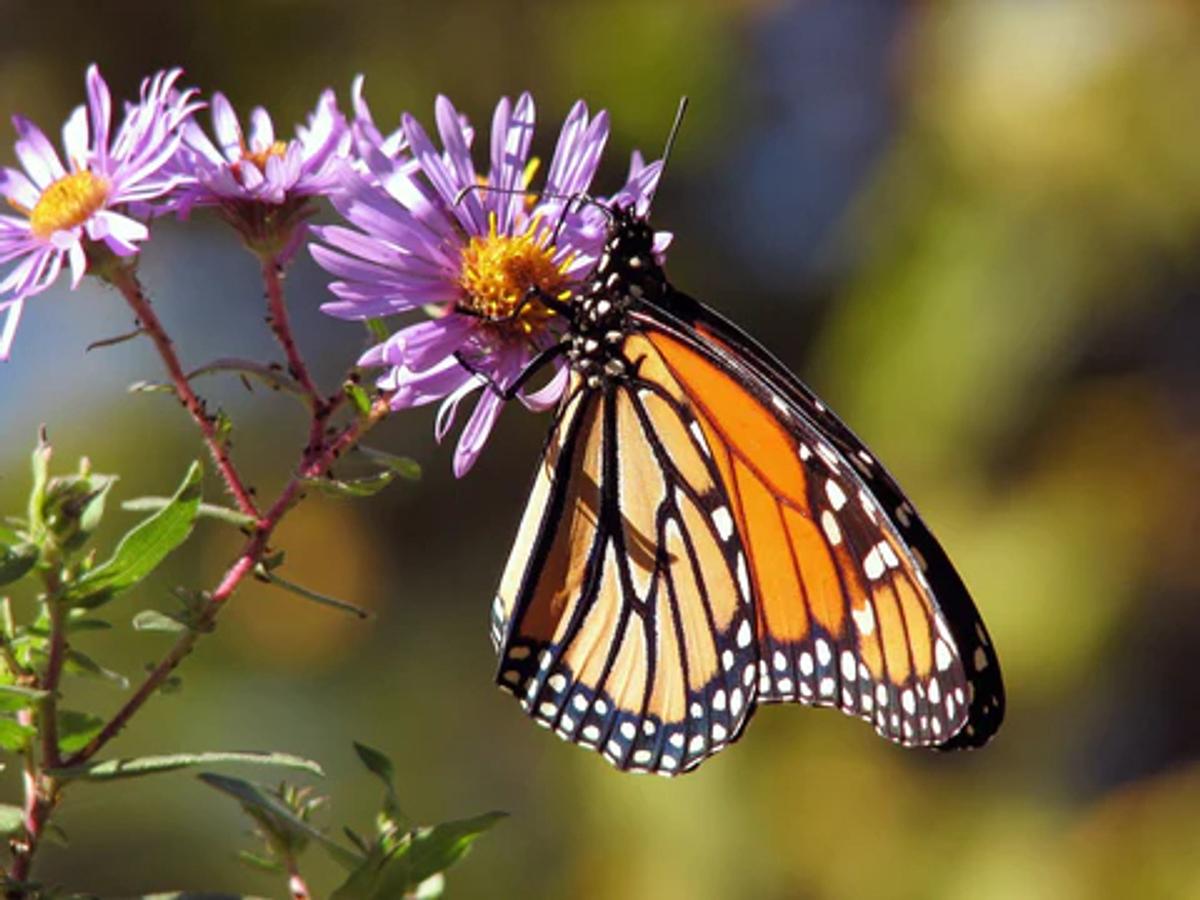
Illinois Native Plants for Landscaping
Below, I share just a handful of Illinois native plants, and split them into three major categories of sun exposure: Full Sun, Partial Shade, and Full Shade. Each one of these native species will support many beneficial insects; and most can be found, along with other Illinois native plants, in My Home Park's pre-designed gardens for Illinois.
Native Plants for Full Sun
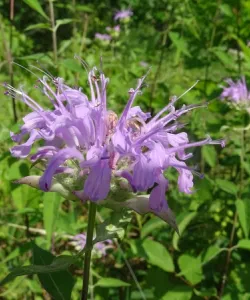
Many of us have likely come across Wild Bergamot (also called Bee Balm), which is one of many herbaceous perennials native to Illinois and many other parts of North America. This is an incredibly adaptable plant that will tolerate most soil conditions (except very wet soil) and will thrive so long as it gets enough sun exposure. Its lovely lavender flowers will attract butterflies, bees, and even hummingbirds to your garden during its mid summer bloom. An easy native plant to maintain, Wild Bergamot grows about 3.5' tall on average and requires only rare division to keep in one place.

The state flower of Illinois! Common Milkweed is almost everywhere east of the Rockies, making it a ubiquitous and amazing herbaceous perennial. Its pale pink and white flowers add delicate color and soft texture to a home landscape with tons of sun and dry soil. This summer bloomer is a critical host plant for the endangered Monarch Butterfly (Danaus plexippus) - which is happens to be the state butterfly of Illinois.
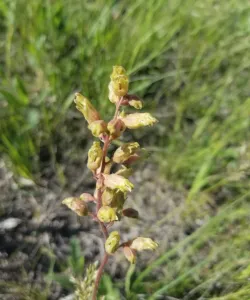
A fascinating and low growing addition to any native garden, Prairie Alumroot will provide great ground cover and intriguing yellow flowers that bloom in late spring. Unlike many other herbaceous perennials, Prairie Alumroot is evergreen, and will maintain its dark green foliage through winter.
Native Plants for Partial Shade
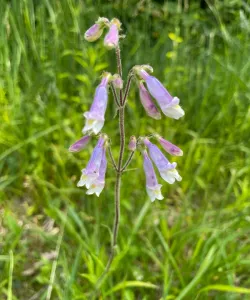
Hairy Beardtongue gets its name in part from the fine hairs on their purple flowers. A resilient and adaptable addition to almost any garden, this plant enjoys full to partial sun and well-drained soils. Although Hairy Beardtongue grows only about 1 to 2 feet tall, it will attract all manner of pollinators - including hummingbirds - during its spring bloom.
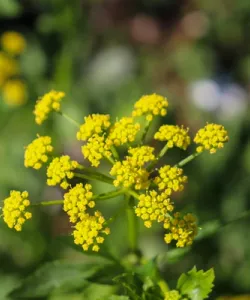
Golden Alexanders are a beautiful choice for any Illinois garden with moist soils and partial to full sun. This hardy plant can even tolerate heavy clay soils. Another polite, very low maintenance and low growing plant (1' - 2' tall), Golden Alexanders bring a wash of yellow flowers during their mid to late spring bloom.

Hoary Skullcap is another adaptable plant that thrives in open woods or meadows with higher soil moisture. A bushy herbaceous perennial that reaches 2' - 3' tall, Hoary Skullcap produces a plume of bluish purple flowers in early summer that will attract heaps of pollinators.
Native Plants for Full Shade

All goldenrods (plants with a scientific name that includes Solidago) are among the most important native plants in North America because they tend to bloom in late summer and their flowers support so many species of beneficial insects. Zigzag Goldenrod is one of just a few goldenrods that enjoys life with little sun. A great choice for a shade garden with dry to mesic soil, this plant will bring a wash of yellow to the understory.
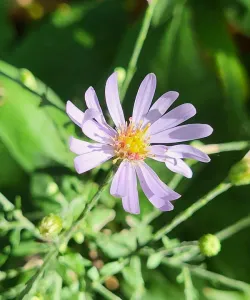
Much like the goldenrods, plants with the scientific name Aster (or Symphyotrichum) tend to be heavy hitters when it comes to wildlife support. Blooming in late summer with pretty lavender flowers, Short's Aster will help bees, butterflies, and other pollinators prepare for winter. Although found throughout the state, Short's Aster occurs more frequently in Northeastern Illinois.
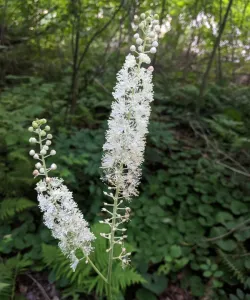
One of the more interesting native Illinois plants, Black Cohosh is a dramatic addition to any full or part shade landscape. Fragrant white flowers adorn very tall spikes, pulling in as many butterflies and bees as they do flies, beetles and other beneficial insect pollinators. Black Cohosh blooms anywhere from late spring to fall, but its rich, dark green foliage will add great texture for the whole season.

What You Can Do Today
If you live in Illinois, My Home Park has a large collection of pre-designed gardens that bring together diverse sets of Illinois native plants produced by expert, organic growers in the Great Lakes region. These gardens are designed to bloom from early spring to early fall, beautifying your landscape while supporting wildlife. Check out our catalog for Illinois or explore our offerings for other states in the Great Lakes region to get started today!
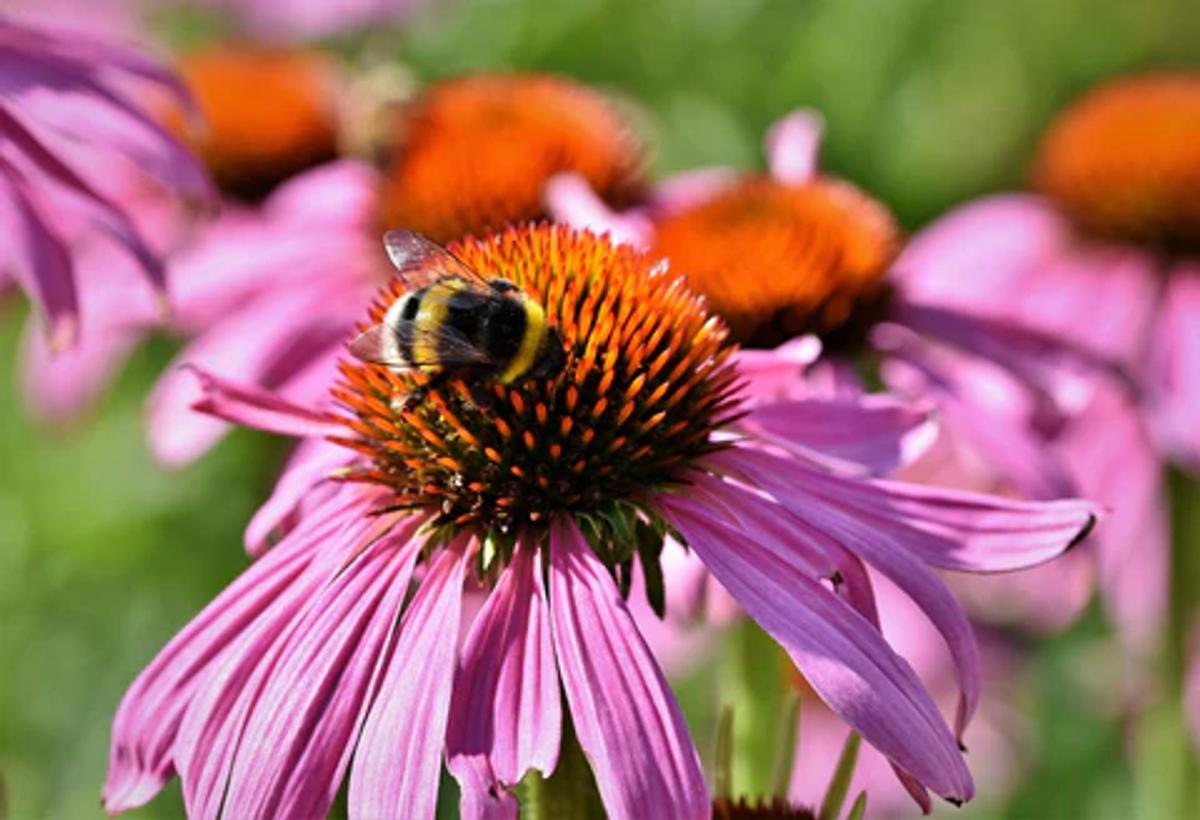
Share this article


